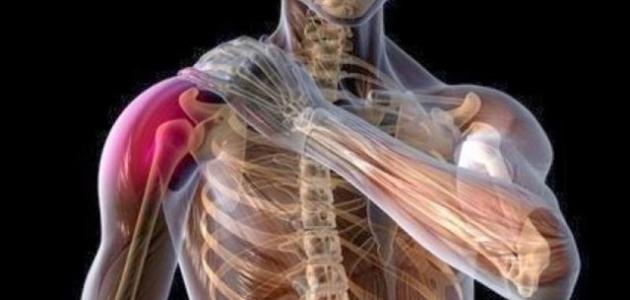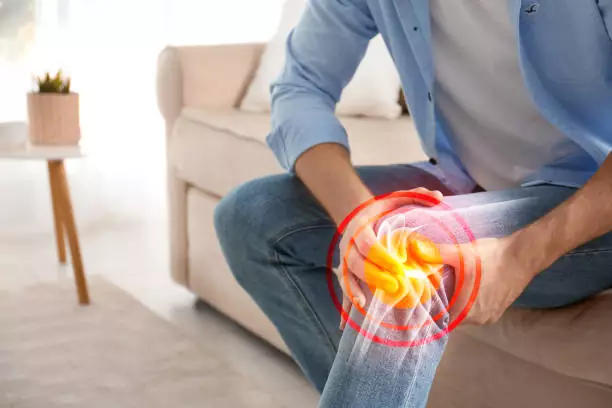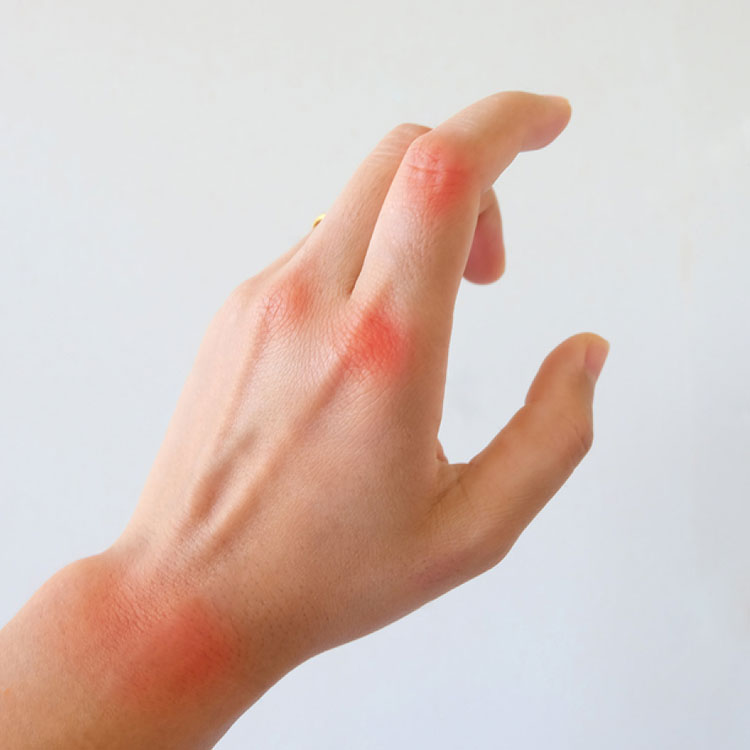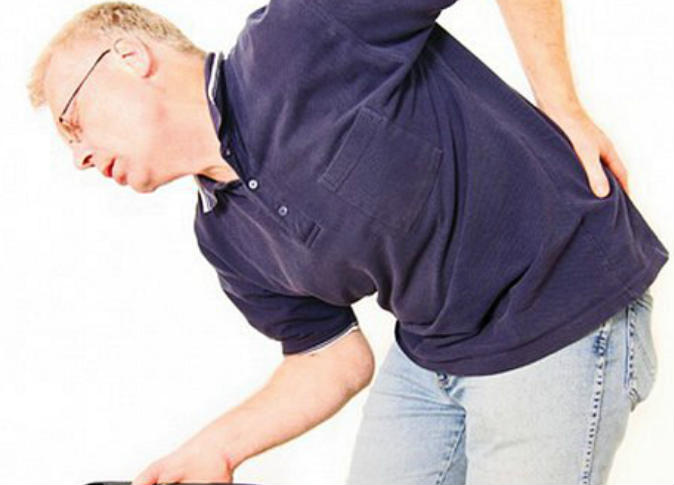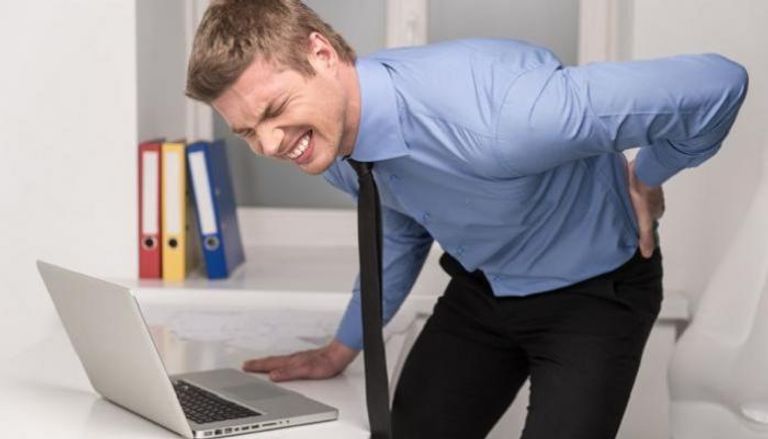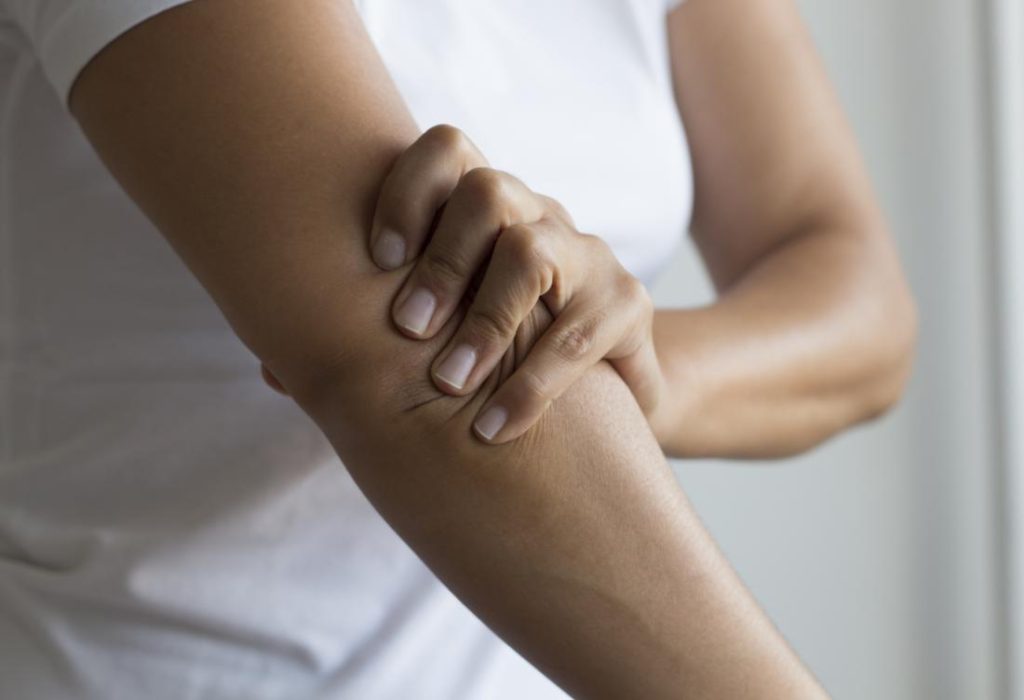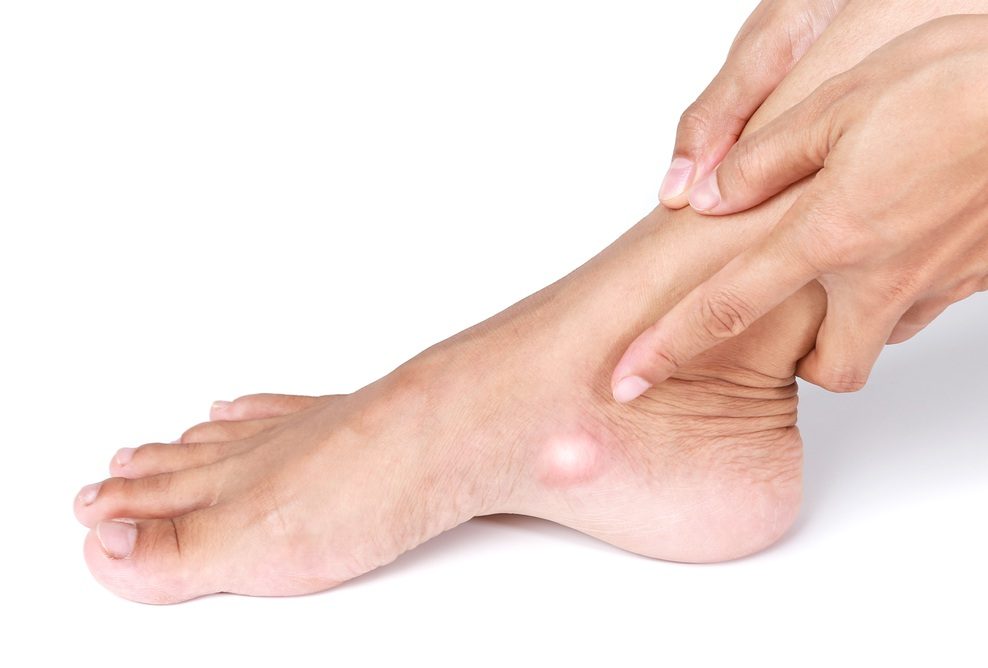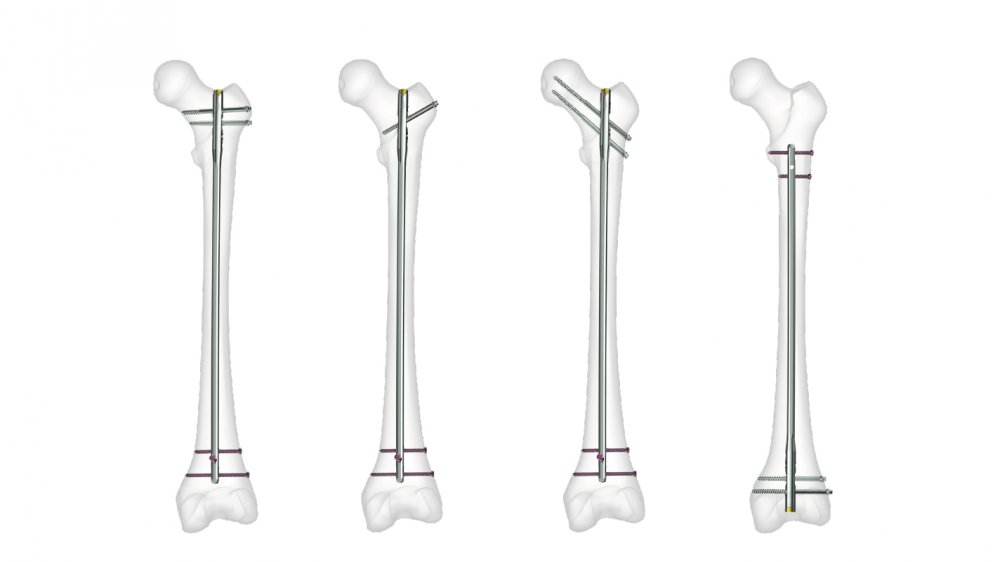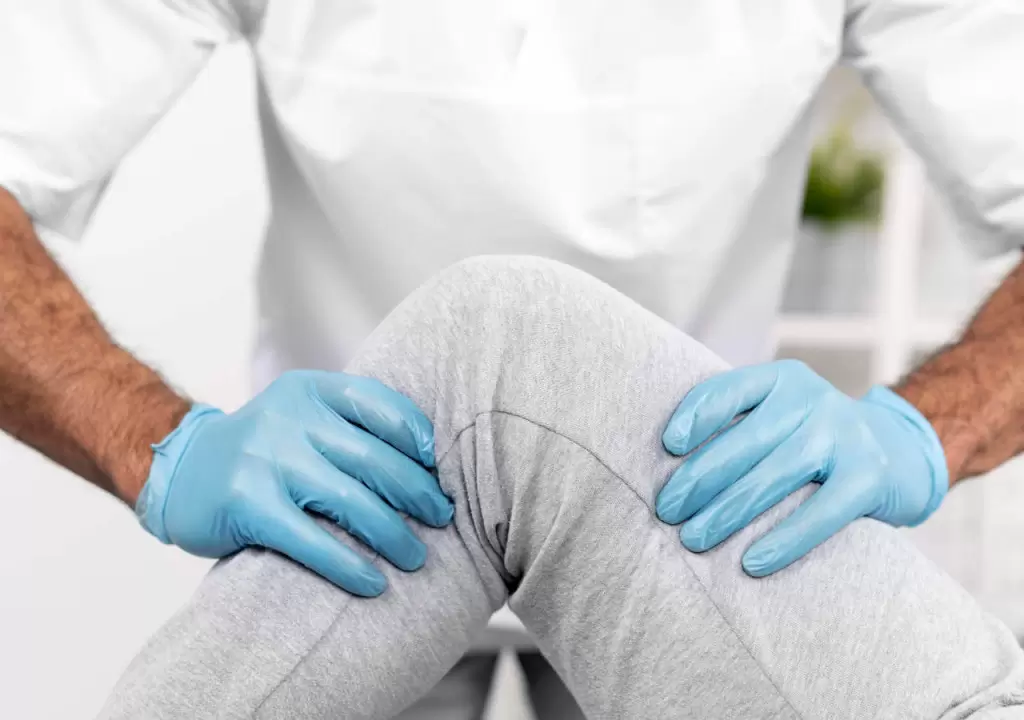Learn more about the Lumbar vertebrae
The lumbar vertebrae are considered the second largest vertebrae in the body of the individual and bear the largest part of the weight, and therefore exposure to any problem in them affects the health of the individual in a significant way, in the following article we will explain a lot of information related to this topic.
The lumbar vertebrae
The lumbar vertebrae are located in the lower back between the thoracic and sacral vertebrae and are characterized by being thicker and larger than the thoracic and cervical vertebrae because they bear a greater part of the body weight, and are considered the second largest vertebrae in the spine in size after the sacral vertebrae. The lumbar vertebrae consist of five vertebrae, and in some people, six vertebrae are named according to their arrangement.
The main parts of the spine are interconnected with each other, forming a tunnel through which the spinal cord and nerves pass. The lumbar vertebrae consist of the following parts:
- The body of the vertebra: The body of the vertebra is the rounded front part of the vertebra, and it is considered the main structure for it that bears the weight.
- Spinous process: These are bony protrusions located at the back of the vertebrae.
- Vertebral arch: It consists of round bones that surround the spinal canal and is located on the back side of the vertebra and consists of the following:
- Pedicle: A pair of short, thick bony protrusions located behind the body of the vertebra in its upper part.
- Lamina: It is a pair of thin bony plates located in the back of the vertebrae and its function is to protect the spinal canal.
- Intervertebral disc: There are cartilaginous discs called intervertebral discs between the lumbar vertebrae. These discs act like pillows that protect the vertebrae from friction with each other, absorb shocks, and provide support for the back during movement.
- The joints of the lumbar vertebrae: the facet joints or the facet joints, which are a space between the bones of the vertebrae and are located along the spine and connect the vertebrae, and each vertebra has two pairs of joint joints, an upper pair that connects the vertebra with the vertebra that It precedes it and a lower pair that connects the vertebra with the one that follows it.
What are the lumbar vertebrae?
The lumbar vertebrae are defined as one of the largest and heaviest vertebrae in the human body. It consists of 5 individual cylindrical bones that form the spine in the lumbar region, and these vertebrae carry the upper weight of the body and provide flexibility for the movement of the torso, in addition to protecting the spinal cord and nerves inside the vertebral canal.
What is the cause of lumbar spine pain?
Lumbar vertebrae pain is the pain that an individual may feel in the lower back without realizing the real reason behind it, and this is represented in the fact that it may be a result of disc herniation as a result of a gradual erosion that is largely associated with symptoms of aging, where something called disc degeneration occurs and with age these discs are less flexible and exposed to rupture from any simple stress.
lumbar vertebrae symptoms
Suffering from problems in the lumbar spine is associated with feeling pain, in addition to the presence of many other symptoms such as:
- The pain felt by the individual increases with movement if this occurs as a result of a herniated disc or roughness of the joints between the vertebrae.
- If the pain is due to inflammation in the joints between the vertebrae, then its intensity decreases with movement.
- If this is due to pressure on the sciatic nerve, this causes the pain to spread to other areas such as the groin and buttocks.
Some other symptoms may appear that are an indication of the need for immediate treatment of the lumbar spine, such as:
- Suffering from stiffness in the spine and loss of the ability to move it well.
- Popping sounds when moving.
- The individual’s range of motion becomes limited and the muscles surrounding the spine develop spasms.
- The presence of a feeling of tingling and numbness in the lower extremities as a result of pressure on the nerves that feed them.
- The appearance of some signs of inflammation, redness of the skin, and a feeling of heat in the area of the injury.
Symptoms of Lumbar slippage
- Feeling pain and numbness in the lower back.
- The presence of pain extends down to the legs.
- The pain intensifies at night or when making certain movements.
- Pain when walking for short distances.
- Severe muscle weakness.
- A sense of numbness and tingling.
- Loss of bladder control.
Lumbar spine treatment
Lumbar vertebrae in the lower back are treated by following these steps:
- The individual should rest for no more than two days because resting is counterproductive to the health of the individual.
- Exercising, as it contributes to the individual’s feeling of great comfort, relieves pain, and strengthens muscles.
- Anti-inflammatory medications are taken that relieve pain and maintain cartilage health, and the doctor prescribes muscle relaxants.
- Taking anti-inflammatory injections into the spine.
- Adhere to a physical therapy program to speed up the healing process.
- A surgical solution may be resorted to if the lumbar spine does not respond to any other means of treatment.
Lumbar exercises
While undergoing physical therapy, the doctor prescribes some exercises for the patient to help him regain his fitness again, and examples of the exercises used in that are:
Bridge exercise
The reliance of this exercise is on the gluteus maximus muscle, which is considered one of the largest muscles in the buttocks, and this exercise greatly helps in strengthening the lumbar vertebrae, and it is done by following the following steps:
- Lie on the floor with your knees bent and your feet flat, hip-width apart.
- Lift the pelvis up and put the hands aside so that the body is in the form of a bridge.
- Squeeze your buttocks with your shoulders still on the floor.
- Work to lower your buttocks to the floor and rest for a few seconds.
- Repeat this exercise up to 15 times, taking a minute rest between each time.
Knee-to-chest stretch exercise
This exercise stretches the vertebrae in the back area, including the lumbar vertebrae, which relieves pain, and this exercise is done by following these steps:
- Lie on your back.
- Work on bending the knee while keeping the feet on the ground.
- Use the hands to pull the knee toward the chest.
- Hold this position for 5 seconds.
- Return to the starting point again.
- Repeat this exercise on both legs two to three times.
Pelvic tilts
This exercise increases the flexibility of the lumbar spine and is done by following the following steps:
- Lie on your back on a flat floor with your knees bent and your hands aside.
- Work on bending the back inward and the stomach outward.
- Hold this position for 5 seconds and then relax.
- Flatten the back and pull the abdomen down.
- Hold this position for 5 seconds, then rest, and repeat this exercise up to 30 times.
Treating compressed lumbar spine
In order to treat compressed lumbar spine, the following steps are taken:
Medication treatment
- Pain relievers and non-steroidal anti-inflammatory drugs: Paracetamol, Ibuprofen, and Naproxen are examples.
- Muscle relaxants: They are used to reduce muscle tension caused by a compressed lumbar spine, such as cyclobenzaprine.
- Opioids: These should be used for short periods to avoid addiction, such as oxycodone.
- Psychiatric medications: Some psychiatric medications may be used to treat severe nerve pain, such as Amitriptyline or Duloxetine.
The physical treatment
This treatment works to strengthen the muscles of the lower back, abdomen, and legs, and this treatment may include many parts, including:
- Stretching exercises to keep the lower back muscles soft.
- Doing aerobic exercise, such as riding a bike.
- Ultrasound treatment.
- Therapeutic massage.
- Do electrical stimulation of the muscles.
Cortisone injection
It is used in the area that surrounds the epidural nerves to reduce inflammation and reduce swelling and pain, and these injections are resorted to when other previous methods of treatment fail.
Treatment of lumbar and sacral vertebrae
The most appropriate treatment method for both the lumbar and sacral vertebrae is chosen depending on the patient’s condition, as treatment may be done using very simple methods such as making compresses, taking painkillers when the pain intensifies, and doing some physical therapy methods, and if those methods fail to solve the problem and alleviate the symptoms, then the surgical solution is followed, and the specialized doctor determines the most appropriate method of treatment from the beginning.


